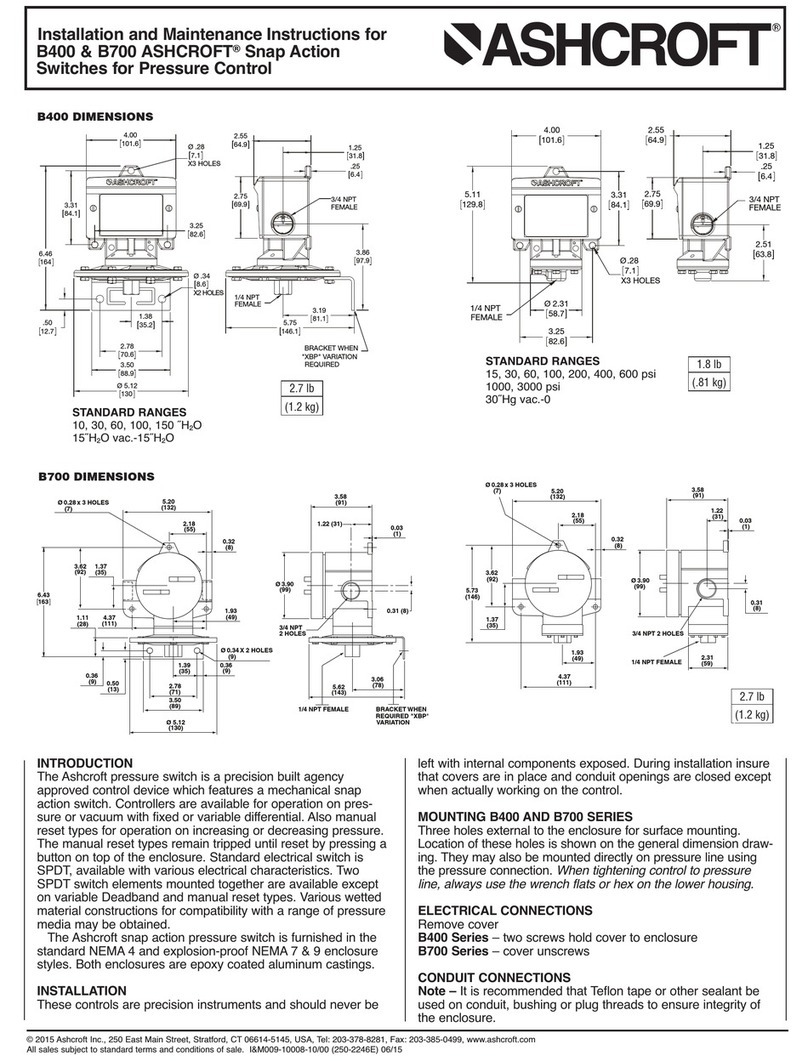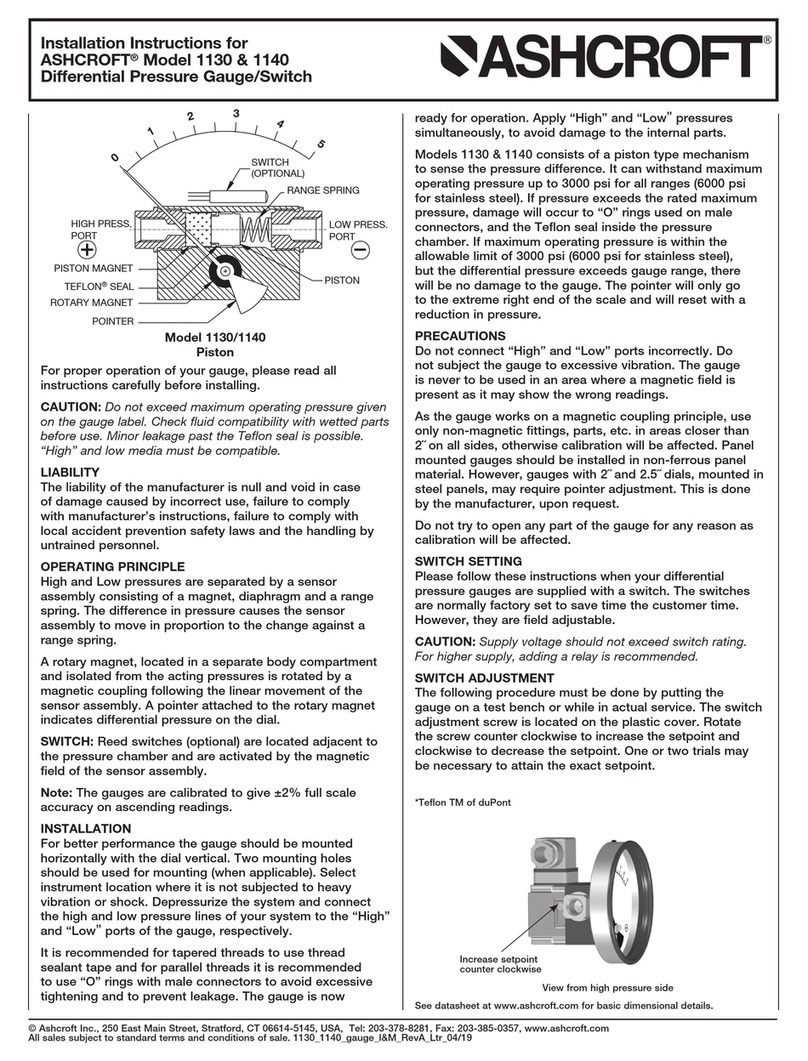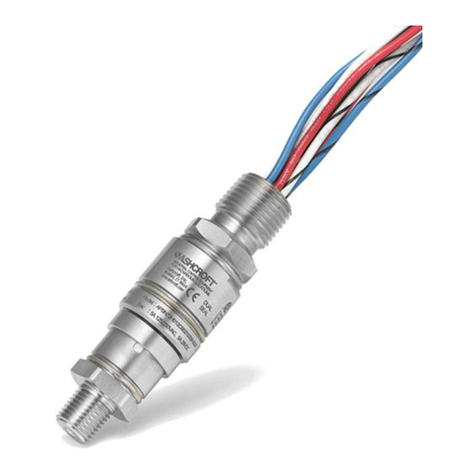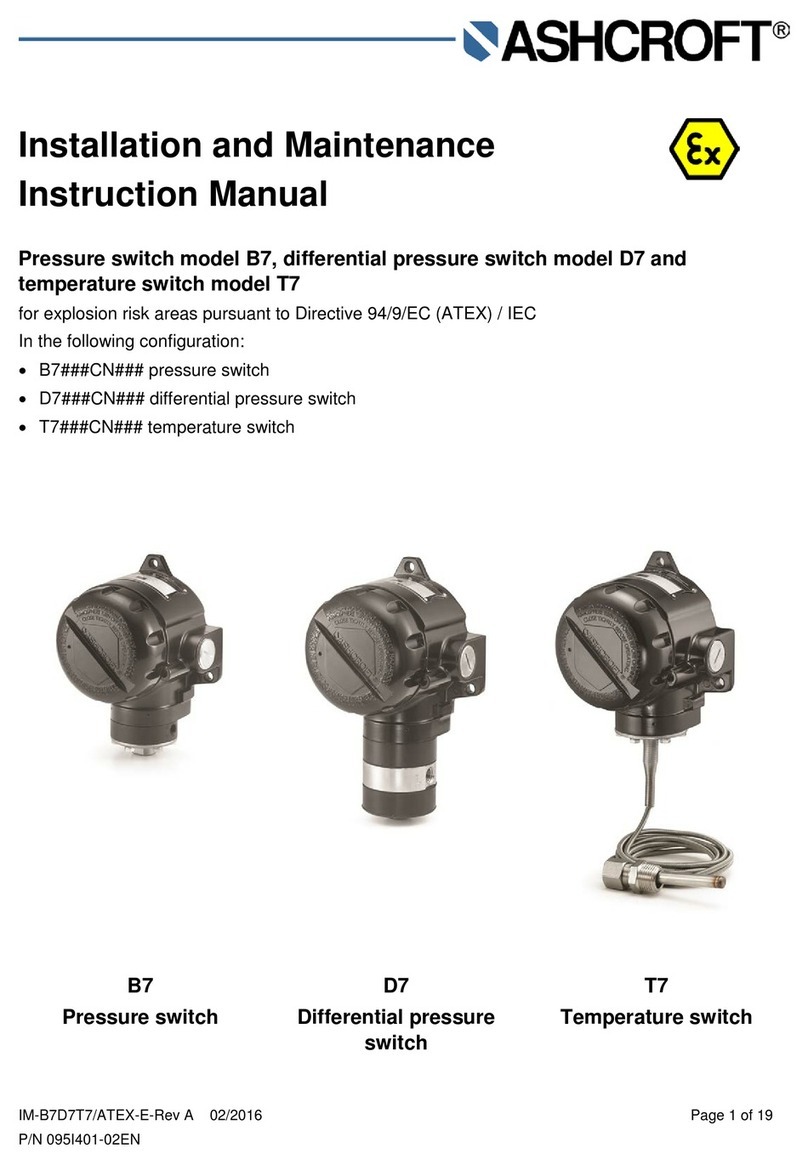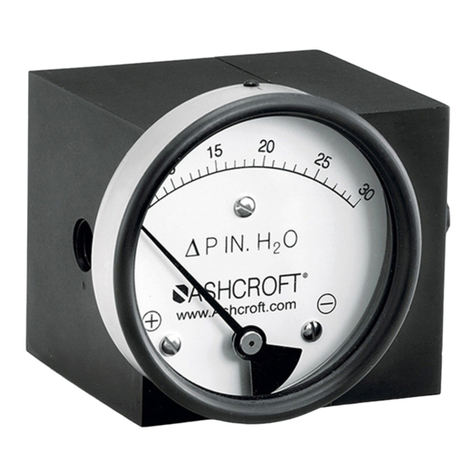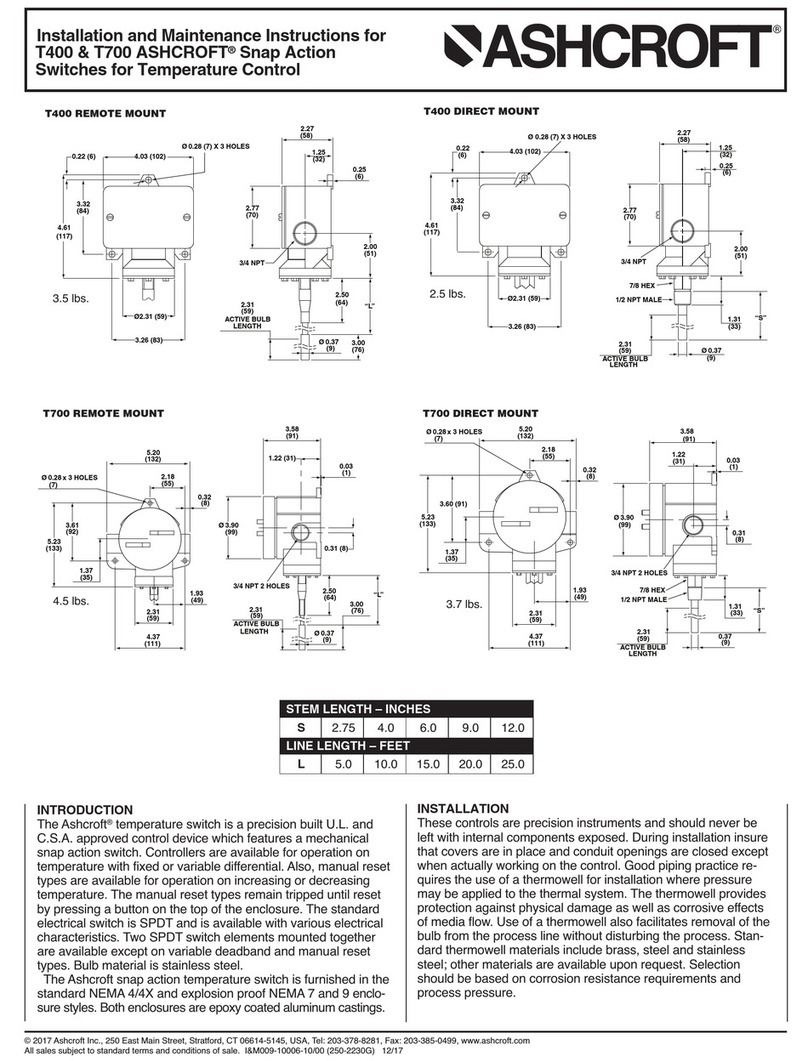Page 2 of 22
Table of Contents:
1General remarks.........................................................................................................................................................4
1.1 Purpose of this manual......................................................................................................................................4
1.2 Symbols .............................................................................................................................................................4
1.3 Limitation of liability............................................................................................................................................4
1.4 Copyright............................................................................................................................................................4
1.5 Warranty ............................................................................................................................................................4
1.6 Manufacturer address, customer service ..........................................................................................................4
2Safety..........................................................................................................................................................................5
2.1 General sources of danger ................................................................................................................................5
2.2 Intended use......................................................................................................................................................5
2.3 Operator’s responsibility ....................................................................................................................................5
2.4 Personnel qualification.......................................................................................................................................6
2.5 Signs/safety marking .........................................................................................................................................6
2.6 Environmental protection...................................................................................................................................6
3Use in potentially explosive atmospheres according to Directive 2014/34/EU ATEX................................................6
3.1 Range of use:.....................................................................................................................................................6
3.2 Intrinsic safe execution Ex ia .............................................................................................................................7
3.3 Flameproof enclosure execution Ex d ...............................................................................................................8
3.4 Special operating conditions for safe use in potentially explosive atmospheres...............................................9
4Technical data ..........................................................................................................................................................10
4.1 Reed contacts..................................................................................................................................................10
4.2 Electrical Wiring...............................................................................................................................................10
5Marking of the device ...............................................................................................................................................12
5.1 Labeling ...........................................................................................................................................................12
6Structure and function ..............................................................................................................................................13
6.1 Overview..........................................................................................................................................................13
6.2 Functional description......................................................................................................................................14
6.3 Description of the components........................................................................................................................14
7Transportation ..........................................................................................................................................................14
7.1 Delivery............................................................................................................................................................14
7.2 Storage ............................................................................................................................................................14
8Assembly/Installation................................................................................................................................................15
8.1 Preparation ......................................................................................................................................................15
8.2 Requirements for the installation site...............................................................................................................15
8.3 Process connection..........................................................................................................................................15
8.4 Electrical connection........................................................................................................................................16
8.5 Starting up........................................................................................................................................................16
8.6 Subsequent relocation of the level switch .......................................................................................................16
9Maintenance.............................................................................................................................................................16
9.1 Cleaning...........................................................................................................................................................16
9.2 Cleaning and maintenance..............................................................................................................................17
10 Faults ...................................................................................................................................................................17
10.1 Behavior after rectifying the fault .....................................................................................................................17












